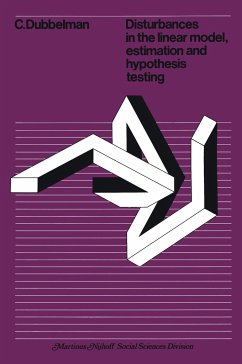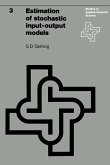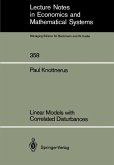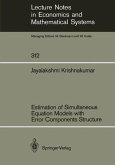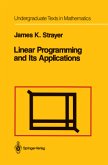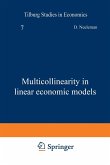1. 1. The general linear model All econometric research is based on a set of numerical data relating to certain economic quantities, and makes infer ences from the data about the ways in which these quanti ties are related (Malinvaud 1970, p. 3). The linear relation is frequently encountered in applied econometrics. Let y and x denote two economic quantities, then the linear relation between y and x is formalized by: where {31 and {32 are constants. When {31 and {32 are known numbers, the value of y can be calculated for every given value of x. Here y is the dependent variable and x is the explanatory variable. In practical situations {31 and {32 are unknown. We assume that a set of n observations on y and x is available. When plotting the ob served pairs (x l' YI)' (x ' Y2)' . . . , (x , Y n) into a diagram with x 2 n measured along the horizontal axis and y along the vertical axis it rarely occurs that all points lie on a straight line. Generally, no b 1 and b exist such that Yi = b + b x for i = 1,2, . . . ,n. Unless 2 l 2 i the diagram clearly suggests another type of relation, for instance quadratic or exponential, it is customary to adopt linearity in order to keep the analysis as simple as possible.
Bitte wählen Sie Ihr Anliegen aus.
Rechnungen
Retourenschein anfordern
Bestellstatus
Storno

